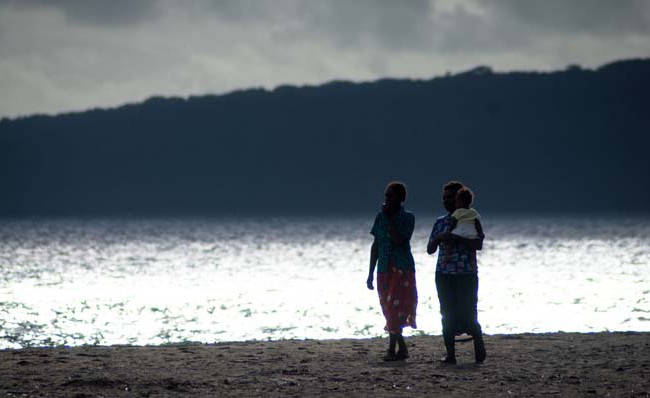
Pacific’s high teen pregnancy rates
In today’s health conscious world, people are bombarded almost daily with news about health crises. Depending on the country in the region, we can find these headlines in the news: Non-communicable diseases (NCDs) at epidemic level, TB rates spiral up, HIV infections rising, drug and alcohol abuse fuels school drop outs, high birth rate causes urban over-crowding, poverty on the rise.
A recent news item that caught my attention was from the Fiji Times: ‘Pacific nations have some of the highest teenage pregnancy rates in the world.’ Most Pacific governments have limited health resources that in many cases are already stressed by curative services focused on treating the symptoms of preventable illnesses (end-stage diabetes, for example). So where should governments focus interventions in their myriad development challenges, most of which are urgent in nature?
While NCDs, HIV, and numerous other communicable diseases are important, teen pregnancy deserves a greater effort everywhere it’s a problem, which, according to the United Nations Population Fund (UNFPA), is most countries in the Pacific. If there is a crosscutting problem, teen pregnancy is it, negatively impacting most aspects of life and development progress, particularly for people living in urban centers in the Pacific, where poverty is rising. Teen pregnancy often results in girls dropping out of school, ending their educational progress and reducing future employment prospects. The babies become an economic burden on the family, since rarely is the mother or father employed or prepared to rear a child. This often results in neglect and malnutrition, which sets the stage for a repeat of the drop out cycle. Teen pregnancies are by their nature high-risk, often presenting complications for the mother, baby and health care workers, increasing costs and problems.
In view of the fact that teen pregnancy rates have been high in the Pacific for years, it is fair to say that this issue has not grabbed the attention of government health and development policy makers in the region. Yet imagine if island countries were successful in slashing their teen pregnancy rates such that the hundreds—or in large countries in the region, thousands—of girls stopped having early births, completed secondary school, and had the chance to continue on to university. The economic impact alone of more educated young women would be startling, to say nothing of improved health and social conditions for the mother and her future children.
In the United States, the teen pregnancy rate has been consistently dropping for many years and reached a low of 2.9 percent last year. Although the U.S. is not always a good comparison for the Pacific, a key factor for the decline in the U.S. is relevant for the Pacific. Asked by Time magazine to explain the continuing decline in teen births in the U.S., Bill Albert, the chief program officer of the National Campaign to Prevent Teen and Unplanned Pregnancy, said: ‘The short answer is that it is a combination of less sex and more contraception. Teenagers have a greater number of methods of contraceptives to choose from.’
Contrast that with the recent comment of Fiji Minister of Health Dr. Neil Sharma expressing concern over low usage of contraceptives in his country. But Dr. Sharma’s concern is applicable to the teen populations in most Pacific nations. ‘The high rates of teenage and unplanned pregnancies and low contraceptive prevalence rates reaffirm the need to re-examine the way sexual and reproductive health and rights information and services are delivered to young people in the Pacific,’ said Voice of Youth representative Paulini Turagabeci at the UNFPA’s launch of its new global population report in Fiji late last year.
The Marshall Islands has consistently had the highest teen pregnancy rate in the Pacific, one that has hovered between 15 and 20 percent of all births for decades. Despite the presence of Youth to Youth in Health, an innovative non-governmental organization that provides consistent focus on adolescent health, the important area of teen pregnancy prevention has been under-resourced for years.
An advertisement in the April 4, 2014 edition of the Marshall Islands Journal suggests that, while this is not a new phenomenon, it has risen to a new level of concern among people focused on health and development issues. The advertisement seeks a ‘technical support consultant’ to produce a ‘Prevention of Adolescent Pregnancy Strategy.’ While I believe the Marshall Islands’ overwhelming reliance on consultants has been detrimental to the country, the challenge of teen pregnancy in the country has been a policy area neglected by government for decades. The joint plan by the Ministry of Health, Youth to Youth in Health, and UNFPA to tackle teenage pregnancy from a policy point of view, by developing a national strategy, is a much needed and long-overdue action. Whether a consultant is needed for this job is a question best left for a separate commentary. What is hopeful is that the Marshall Islands, together with an international donor agency, is preparing to step up interventions on a development issue that affects education, health and economic progress. It is not happening a minute too soon.

